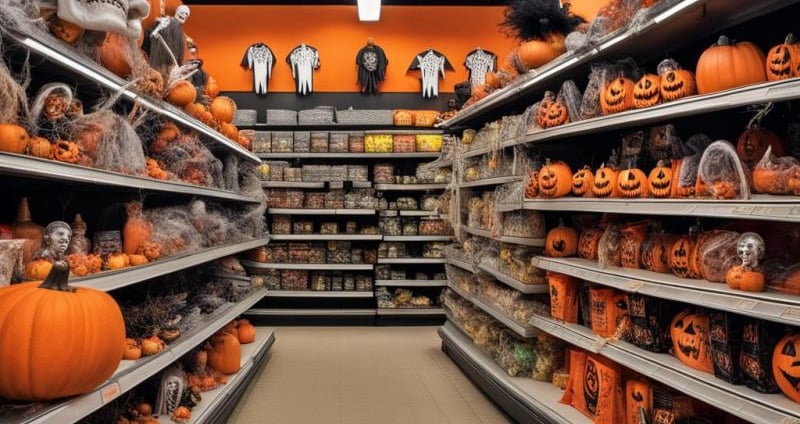Halloween 2023 Industry Review
Insights from Leading Brands


Disguise's Halloween 2023 Experience
Tony Lewis, Sales Director at Disguise, shares the company's Halloween performance, noting a surge in purchases on October 27 after soft early October sales. Retailers like Asda, B & M, and Home Bargains thrived, offering one-stop shopping experiences. Despite economic challenges and a mid-week Halloween, overall results were positive, with various costume trends observed, including a rise in children wearing generic costumes.
Smiffys Reflects on Halloween 2023
Dominique Peckett, Director at Smiffys, reports that Halloween met expectations, with a peak in demand on the last weekend before the event. Warner Brothers Horror and Addams Family costumes were top sellers, reflecting increased accessory sales due to cost-of-living concerns. Smiffys plans to roll back prices on numerous items and anticipates a long weekend of sales in 2024 with Halloween falling on a Thursday.
Insights from Rubies on Halloween 2023
Fran Hales, Head of Portfolio and Marketing at Rubies, notes shifting patterns and trends, with a noticeable growth in Halloween decorations and a shift from licensed to generic costumes. Bestsellers included M3gan styles, Wednesday, Monster High, and the aerobics Barbie and Ken pairing. DIY-style costumes gained popularity, with accessories like wigs, masks, and thematic props being big hits.
Amscan's Success in Halloween 2023
Sarah O'Hara, Head of Product Development at Amscan, reports a fantastic Halloween season with increased celebrations due to the split half-term. The return of traditional, family-friendly items was noted, along with a rise in horror-themed accessories. Amscan experienced a significant increase in family costume styles, featuring spiders, phantoms, witches, and popular TV classics like Beetlejuice and Addams Family.
The Halloween 2023 season showcased a mix of challenges and successes for leading industry players, highlighting the resilience and adaptability of the market in response to economic factors and changing consumer preferences.
